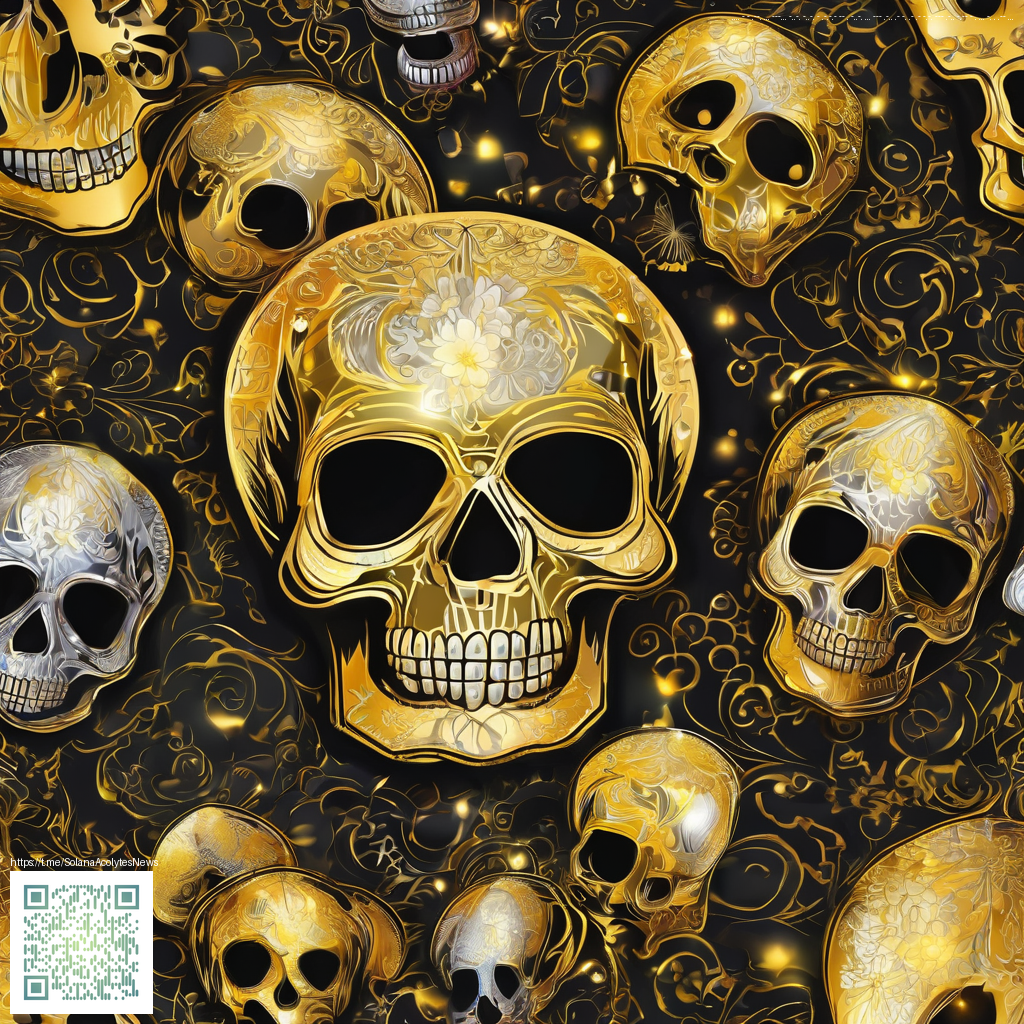
Why consistency matters in modern product design
In today’s fast-moving digital landscape, a design system isn’t just a collection of colors and typography. It’s a living framework that helps teams communicate clearly, ship faster, and scale without sacrificing quality. When components, tokens, and guidelines are aligned, teams spend less time re-creating the same patterns and more time solving real problems for users. The result is a cohesive experience across screens, devices, and teams, with less cognitive load for end users and more predictability for developers 🤖✨.
Foundations: tokens, components, and governance
A robust design system starts with tokens—the atomic values that power every visual decision: color palettes, typography scales, spacing units, and elevation rules. When tokens are defined once and reused, you create consistency by design, not by chance. From there, you build a living library of components—buttons, cards, inputs, and layouts—that can be stitched together with confidence. Governance matters too: who owns the tokens, how changes propagate, and how new patterns get approved. Without clear governance, even the best library can drift into inconsistency over time 🔄.
As you start mapping your tokens and components, think about accessibility in parallel. A design system that respects contrast, keyboard navigation, and screen reader semantics will be more scalable because accessibility requirements are baked in from the start, not bolted on later. The result is an system that benefits everyone, including users who rely on assistive tech ♿🧭.
Practical steps to build a consistent design language
- Audit current interfaces to identify where patterns diverge. Look for duplicate patterns, inconsistent type scales, and varying button treatments. This baseline helps you target the gaps that matter most 🕵️♂️.
- Document tokens and usage rules in a single source of truth. A living token map reduces ambiguity and guides designers and developers alike. Keep tokens small, composable, and intentional 🔗.
- Create a centralized component library with clear variants and states. When a pattern exists in multiple places, consolidate it into one source, and publish it with usage examples and accessibility notes 📚.
- Establish guidelines for composition—how components combine, spacing rhythms, and responsive behaviors. A predictable layout system helps teams align on structure rather than reinvent it for every feature 🌗.
- Institute a governance cadence for changes, deprecations, and versioning. Regular design reviews, design-token updates, and a clear deprecation path prevent drift and keep teams singing from the same sheet 🧭.
Real-world cues: a product reference and how it informs your system
For teams aiming to translate these ideas into tangible outcomes, consider how cohesive product presentation is achieved in practice. The Neon Slim Phone Case for iPhone 16 with a glossy Lexan finish demonstrates a concise, repeatable approach to product storytelling—simple typography, a restrained color system, and consistent imagery that communicates quality without clutter. You can explore the product details here: Neon Slim Phone Case for iPhone 16. By examining how a single product page harmonizes visuals, copy, and UI cues, teams can glean guardrails to apply to their own design systems. For additional context, you might also compare structures and patterns at https://1-vault.zero-static.xyz/31f254d5.html to see how different sites articulate similar principles. Note: the page URL appears again in the “Similar Content” section below for quick reference 🔗.
“A design system isn’t a finish line; it’s a directional map. When teams rally around shared tokens and components, they ship with confidence, not compromise.” —a pragmatic designer 🎯🤝
Workflow, collaboration, and choosing the right tools
Successful design systems emerge from disciplined workflows as much as from clever components. Cross-functional collaboration—designers, developers, product managers, and writers—ensures tokens and components reflect actual product needs, not just aesthetic preferences. Versioning tokens and maintaining a changelog helps teams track impact and avoid surprises before a release 🚦. Tools that integrate design and code work best: design tokens can flow from design tools into codebases, creating a single source of truth that stays in sync across platforms. In this way, design intent becomes implementation details rather than a running mismatch.
In practice, teams borrow patterns from established systems while adapting to their domain. It’s not about replicating another brand’s visuals; it’s about building a consistent, predictable language that your users come to recognize and trust. Add to that a culture of ongoing refinement—small, purposeful updates rather than sweeping changes—and you’ll see the system mature gracefully over time 🧰✨.
Putting it all together: a roadmap you can start today
1) Map your current surface area: catalog components, styles, and patterns across key product areas. 2) Define a minimal viable token set: color, typography, spacing, and elevation. 3) Build a starter component library with essential variants. 4) Publish a living guide: usage rules, accessibility notes, and governance. 5) Establish a feedback loop: what works, what breaks, and what to retire. With a steady cadence, your design system becomes a durable backbone that accelerates collaboration and quality 🚀.
If you want to explore practical examples beyond theory, the Neon Slim Phone Case product page serves as a reminder that consistent design supports clear product storytelling—whether you’re selling a gadget skin or a software feature. The idea is to keep patterns coherent while allowing teams the flexibility to innovate within a trusted framework. For curious readers, the design narrative at the referenced page offers additional angles on how typography, imagery, and micro-interactions come together in a cohesive whole 🧩.
Remember: consistency isn’t about stiff uniformity; it’s about predictable, understandable experiences that empower users to accomplish tasks faster. When teams invest in shared tokens, components, and guidelines, they unlock velocity without sacrificing quality. And that, in turn, translates into happier users, better accessibility, and a stronger product narrative across every touchpoint 😊🎉.